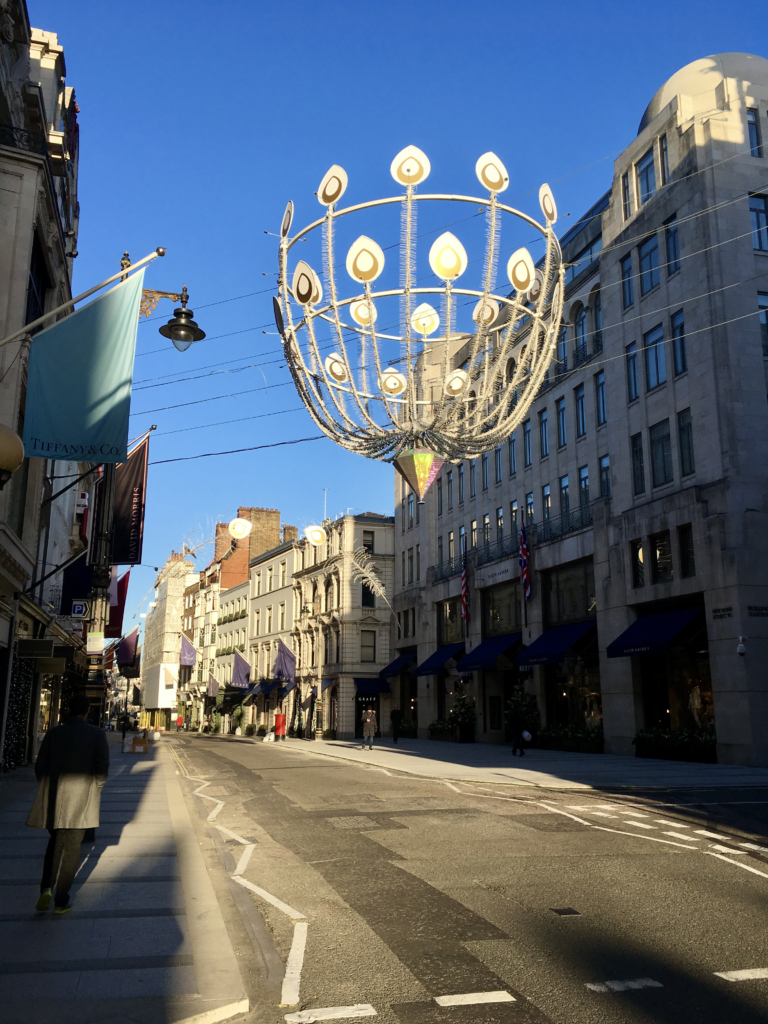This article is brought to you by Datawrapper, a data visualization tool for creating charts, maps, and tables. Learn more.
Fleeting encounters in Mrs. Dalloway’s London
Hi 👋 I’m Luc, engineer in the visualization team. For this Weekly Chart, I gathered data from my favorite novel, “Mrs. Dalloway” by Virginia Woolf, about how time and space are used in its narration.
The plot of “Mrs. Dalloway” is very minimal: A single day of spring in the life of an upper class woman, Clarissa Dalloway, as she prepares for a party. She walks around London. She meets a couple of friends. Her husband Richard, daughter Elizabeth, and former lover Peter also go for walks in the city. Another character unrelated to Clarissa, Septimus Warren Smith, walks with his wife and is seen by doctors before he takes his own life.
“I love walking in London,” said Mrs. Dalloway. “Really, it’s better than walking in the country.”
But to me, the main character is London itself. The novel’s famous first line, “Mrs. Dalloway said she would buy the flowers herself,” is really just a pretext for her to go on a walk. In the sounds, the people, the smells, the hustle and bustle, Clarissa finds everything she loves: “life, London, this moment of June.” Memories and lust for life emerge from walking in the city.
The novel doesn’t have a linear structure; Virginia Woolf relates moments and places, characters who never really meet but still interact. Placing these crossing paths on a map highlights the serendipity that public space offers — anything could happen. Peter wonders why Septimus and his wife are having a scene in Regent’s Park; later, he hears the ambulance coming to get Septimus’ body after his death.
Some moments are even told through the eyes of anonymous Londoners: Peter follows a woman in the street until she gets home, then finds himself in Regent’s Park, where he falls asleep while a nurse watches and dreams of traveling the world like him. Even when they don’t cross paths, characters are tied together through the sounds that they hear (an explosion, an airplane, dogs barking, Big Ben striking the hours throughout the novel) and the smell of flowers.
I’m convinced that these encounters are not fortuitous, that Virginia Woolf had a map of London in her head and located her characters in time and space to create these fleeting encounters, infinite possibilities of interaction. I often think of Clarissa Dalloway when I walk in Berlin, listen to the symphony of the city, think about life, and observe the people surrounding me in all their fragile but beautiful humanity.
If the novel starts by following Clarissa Dalloway, Septimus Warren Smith can be thought of as a continuation of her character's path. They intersect briefly in front of the flower shop; Septimus then literally continues on Clarissa's way down Bond Street. I divided the narrative chart below between places on Septimus’ side (in pink) and on Clarissa’s side (orange), with Regent’s park in the middle as an urban place that connects the two.
Sir William Bradshaw, one of Septimus’ doctors, is the only character to go on both sides. He brings the news of his patient's death to Clarissa’s party, which upsets her and triggers a sort of climax in the novel: Clarissa retiring to her little room to reflect on her existence. Peter is also a point of contact between the two sides of the story when he observes Septimus and his wife Lucrezia in Regent’s Park. He is always depicted as Clarissa’s friend who travels the world and sees things that Clarissa doesn’t because of her condition as an upper class woman.
The dotted gray line is not a character but represents the point of view of the narration, the "character" through which the story is told. Virginia Woolf makes extensive use of free indirect speech — a writing style sometimes referred to as a stream of consciousness — to enter the thoughts of her characters.
Notes on the map
Virginia Woolf mentions a lot of places by name (Regent’s Park, Victoria Street, etc.). I once read the book and underlined every mention of a toponym so that I could place the characters on a map. I then drew plausible paths between the places for each character — most of them are of course approximate. Mulberry’s flower shop, for instance, is located somewhere on Bond Street but we don’t hear its precise address.
Notes on the visual narrative
The data shown in the chart is not scientific in any way; this is a collection of my favorite moments and the characters I imagine the story is told through. My depiction of the stream of consciousness is very personal and there is a controversy over whether the concept of stream of consciousness can even be applied to Mrs. Dalloway. The English literature professor Jane Goldman, on “In Our Time”, asks for instance: Who hears Clarissa saying that she would buy the flowers herself? Is she talking to herself? Is it the servant Lucy overhearing her? Is it an omniscient narrator? I just said “Clarissa” in that case because she is the focus of the story.
Something that surprised me is how the most famous parts of the book (Clarissa’s walk in London and her party), actually don’t account for that much of the narrative time. Visualizing is always telling!
Thanks for reading! If you are, like me, a fan of Virginia Woolf, please do let me know if you see something off. And if you haven't read "Mrs. Dalloway," I of course highly recommend it; you might be amazed by how trailblazing her ideas on feminism or queer love were, or by her depiction of postwar trauma and mental illness — or just enjoy the infinite beauty of her writing.






Comments